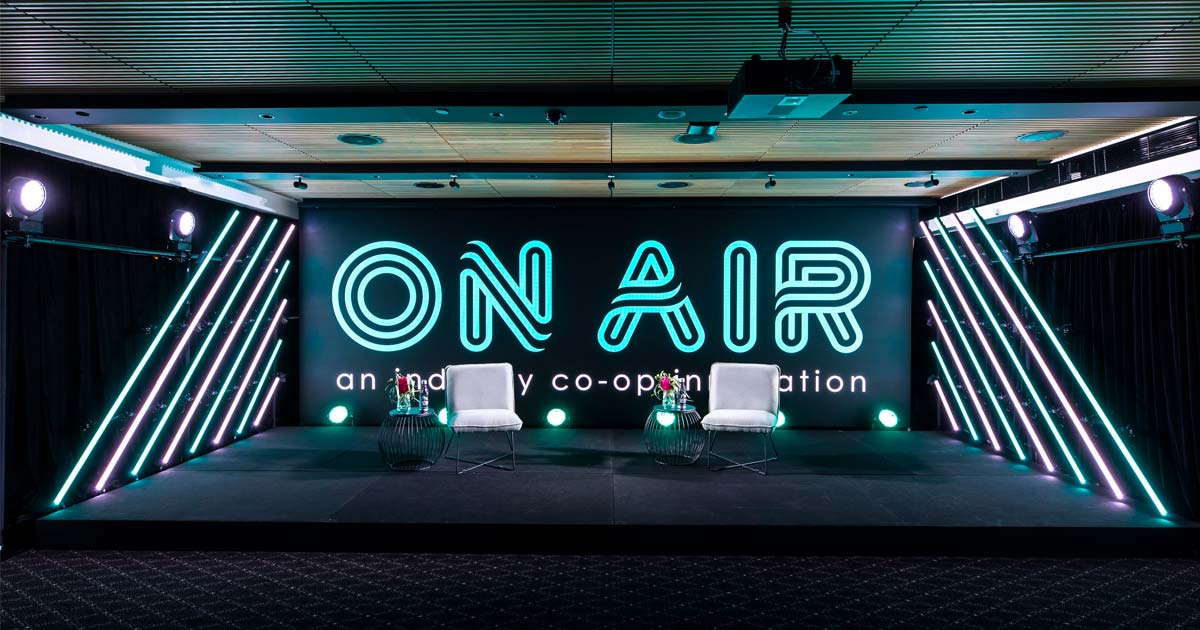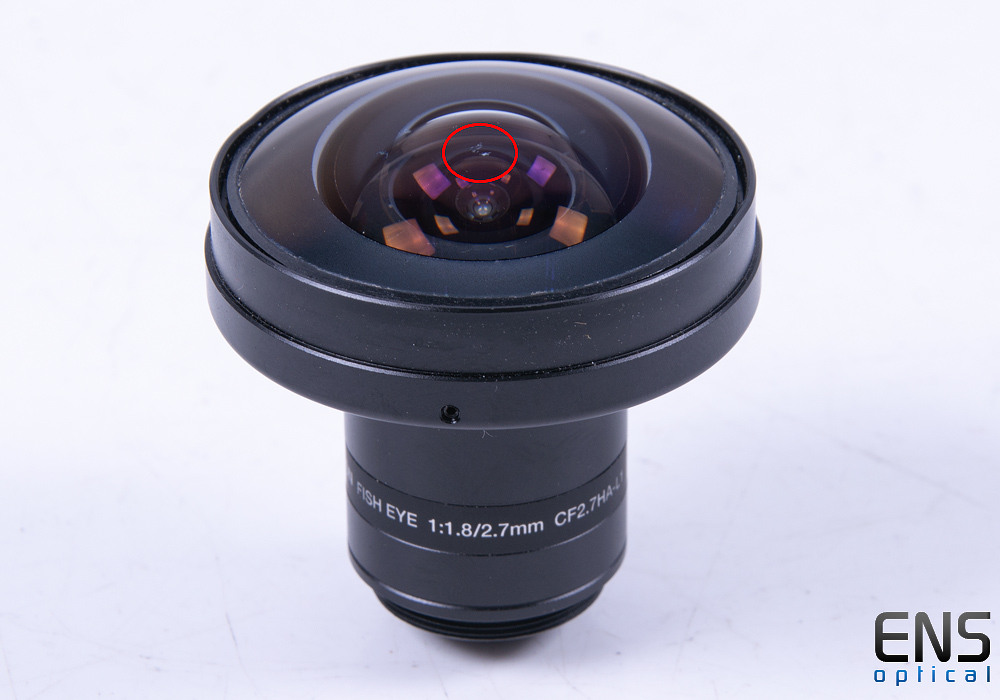
With Luminar 3, a robust and powerful photo enhancer and editor, any photographer with any skill level can make amazing images.
#LENS STUDIO SKY LENS PROFESSIONAL#
Professional post-processing isn’t rocket science anymore.
#LENS STUDIO SKY LENS MANUAL#
#LENS STUDIO SKY LENS SERIES#
Once you’ve chosen a subject and placed it in the desired position, start shooting a series of test shots to find out which angle will give the best optical flares. But even for an indoor photoshoot, the partially blocked light coming through the window will still have the same effect. If you’re using the sun as your light source, that will be even more magical. But if you want to add some creativity, you can partially block the natural light source. You can create optical flares by shooting right into the sun or any other light source. If you’re shooting indoors, use a window as the source of sun rays. What you need to do here is to redirect the light so that instead of directly reaching the sensor it reflects several times internally before hitting the sensor. Just allow the sunlight to hit the lens at the right angle. Lens flare can be instantly achieved by shooting into the sun. Where it won’t work so well is when the sun is relatively weak, behind clouds, or setting into a hazy horizon. In the photo below, the neon pink circles of stray light unveil the unique atmosphere of Hong Kong. But shooting in a variety of situations will breed authentic images. To get the desired results, try capturing flares in the forest or framing individual trees.

Go, for example, with a nine-bladed diaphragm. The lens diaphragm and the number of blades your lens has will have an effect on the sun rays – the more blades the better. Meter with the sun in your image, then adjust the focal length if necessary – set it to f/11 or even f/16 to maximize the effect.

A greasy surface will blur the image, if not spoil it completely. Ensure that your glass is absolutely clean. To make lens flare images with light orbs, streaks, and tear-shaped blobs, it’s best to use a wide or extremely wide-angle lens. By removing the lens hood, you’ll most likely achieve fairy light flares in your images. It’s actually a very important thing, but not when it comes to shooting golden lens flares. What does a lens hood do? Normally, the hood protects your images from flare. At these early and late hours, the sun is at the optimal angle for achieving quality lens flare, and light streaks and orbs are clearly visible.Īnother advantage of shooting during the golden hour is that you don’t have to be in an awkward yoga position to get the desired effect, as you would during other times of the day.

In photography, we call this period around sunrise and sunset the golden hour. They’re the ideal time to get great lens flares. Sunrise and sunset are the best times of day to achieve the softest, most desirable natural light. Start creating dreamy pictures with this ultimate beginner’s guide. Once you understand how it works, you’ll see why professional photographers use lens flare on a regular basis.Īrtistic lens flare is a good technique to spice up your photography. Light flare is technically an error, but it can be a beautiful one and can add an ethereal, dreamlike effect to your photos.


 0 kommentar(er)
0 kommentar(er)
